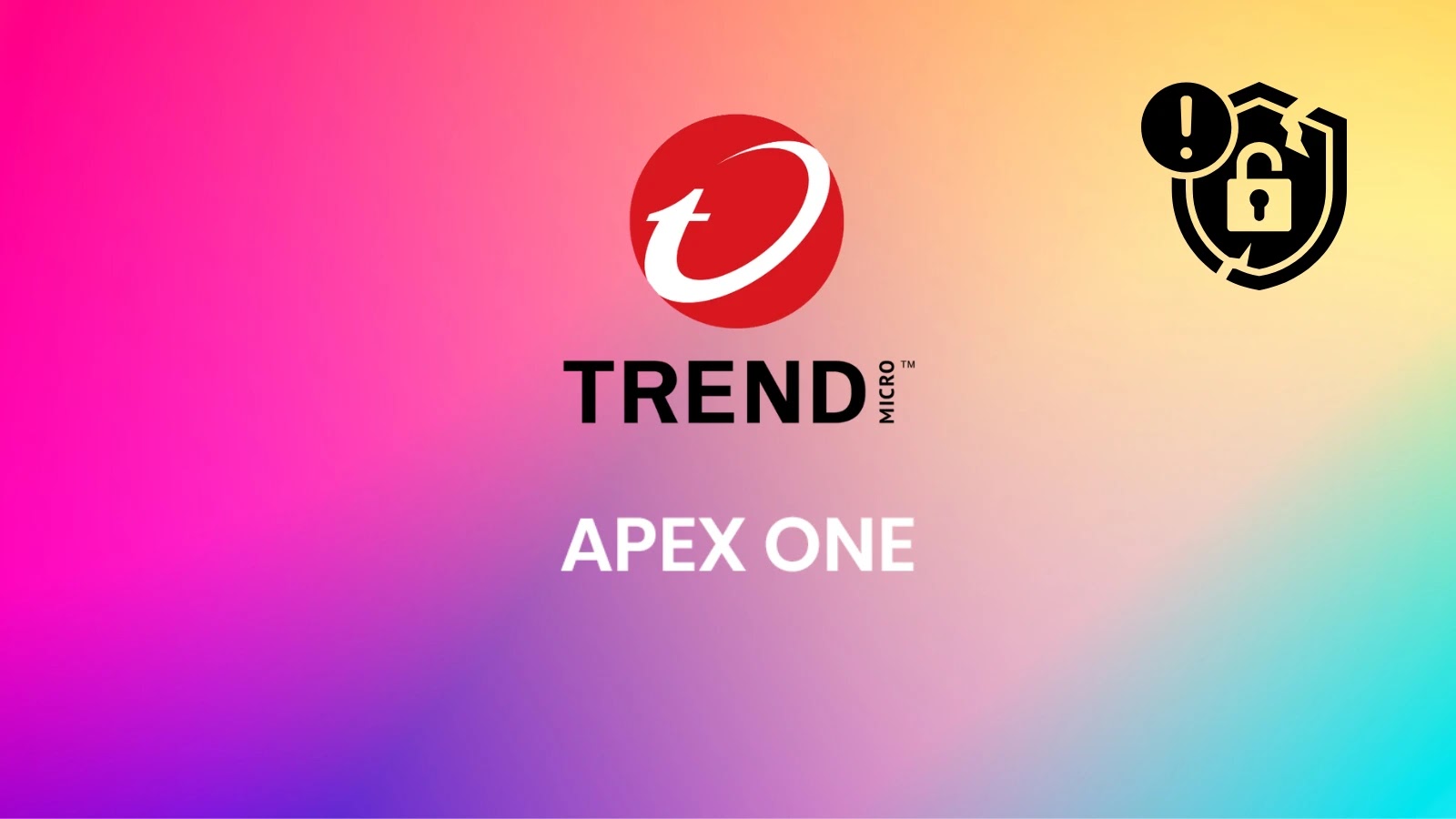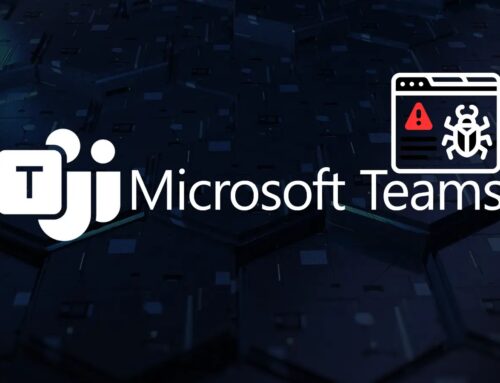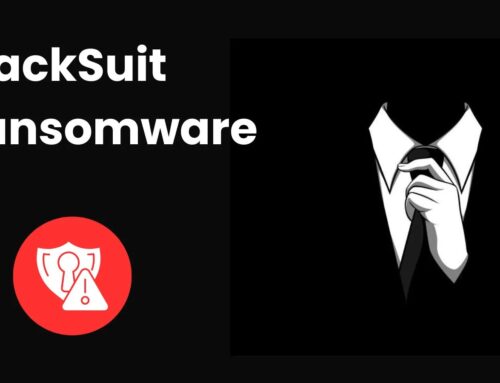
Critical Trend Micro Apex One Management RCE Vulnerability Actively Exploited in the wild
In the dynamic landscape of enterprise security, the emergence of a critical vulnerability, especially one under active exploitation, demands immediate attention. Organizations leveraging Trend Micro Apex One are currently facing such a pressing threat. Reports confirm that critical Remote Code Execution (RCE) vulnerabilities within the Trend Micro Apex One Management Console are being actively leveraged by malicious actors in the wild. This development underscores the persistent, evolving challenges in protecting sophisticated IT infrastructures.
Understanding the Trend Micro Apex One RCE Vulnerabilities
At the core of this alert are two critical command injection RCE vulnerabilities affecting the Trend Micro Apex One Management Console. While specific CVE identifiers were not immediately available in the initial public reports, the nature of these command injection flaws typically allows an attacker to execute arbitrary commands on the underlying system with elevated privileges. Such vulnerabilities are highly prized by threat actors due to their potential for complete system compromise, data exfiltration, and lateral movement within a network.
Trend Micro has confirmed observing at least one instance of attempted exploitation in production environments. This swift confirmation from the vendor highlights the severity and urgency of the situation, necessitating immediate action from affected organizations. The fact that these are RCE vulnerabilities means an attacker can execute malicious code remotely without requiring direct physical access or extensive user interaction, making them extremely dangerous for exposed management consoles.
Impact and Exploitation Scenarios
The successful exploitation of these RCE vulnerabilities in the Trend Micro Apex One Management Console could lead to catastrophic consequences for an organization’s security posture. Potential impacts include:
- Complete System Compromise: An attacker could gain full control over the management console, potentially leading to the compromise of all endpoints managed by Apex One.
- Data Exfiltration: Sensitive organizational data, including configurations, logs, and potentially even intellectual property, could be exfiltrated.
- Malware Deployment: The compromised console could be used as a springboard to deploy ransomware, wipers, or other malicious payloads across the network.
- Persistence and Lateral Movement: Attackers could establish persistent footholds within the network and move laterally to other critical systems.
- Disruption of Security Operations: The integrity of Apex One’s protective capabilities could be undermined, leaving endpoints vulnerable to further attacks.
Active exploitation implies that threat actors have refined their techniques and are leveraging these flaws to establish unauthorized access and control. This makes the mitigation process time-sensitive and critical for any organization utilizing the affected software.
Remediation Actions and Mitigations
Given the active exploitation, immediate action is paramount for all organizations utilizing Trend Micro Apex One. Trend Micro has promptly released emergency mitigation tools and guidance. The following steps are crucial:
- Apply Emergency Patches/Hotfixes: Prioritize and immediately apply any and all emergency patches, hotfixes, or security updates released by Trend Micro for the Apex One Management Console. Regularly check Trend Micro’s official security advisories and support pages for the latest updates.
- Isolate and Segment: If immediate patching is not feasible, consider isolating or segmenting the Apex One Management Console from broader network access. Restrict access to only necessary administrative personnel and trusted IP ranges.
- Review Network Exposure: Ensure the Apex One Management Console is not directly exposed to the public internet. If it is, reconfigure firewalls and network access controls to limit exposure. Utilize VPNs or secure access gateways for remote administration.
- Monitor Logs for Anomalies: Increase vigilance on logs from the Apex One Management Console and surrounding network devices. Look for unusual activity, unexpected command executions, or unauthorized access attempts.
- Implement Least Privilege: Ensure that the account running the Apex One Management Console service operates with the principle of least privilege.
- Conduct Immediate Compromise Assessments: Even if you apply patches, it’s prudent to conduct an immediate internal assessment for signs of compromise, given the active exploitation. This might involve reviewing system logs, network traffic, and file integrity.
Tools for Detection and Mitigation
Leveraging appropriate tools is essential for effectively responding to vulnerabilities and strengthening overall security posture. While specific individual tools for detecting this particular RCE might be integrated into broader security solutions, here’s a general overview of tool categories and examples relevant to assessing and mitigating such threats:
| Tool Category/Name | Purpose | Link |
|---|---|---|
| Vulnerability Scanners (e.g., Tenable Nessus, Qualys, Rapid7 InsightVM) | Identify known vulnerabilities, including RCEs, in network devices and applications. Regular scanning can pinpoint unpatched systems. | Tenable Nessus Qualys Rapid7 InsightVM |
| Endpoint Detection and Response (EDR) Solutions (e.g., CrowdStrike Falcon, SentinelOne, Microsoft Defender for Endpoint) | Detect and respond to post-exploitation activities, including command injection, unusual process execution, and lateral movement on endpoints. | CrowdStrike Falcon SentinelOne MS Defender for Endpoint |
| Intrusion Detection/Prevention Systems (IDS/IPS) | Monitor network traffic for signatures of known attacks and suspicious activity. Can block malicious exploitation attempts. | (Vendor-specific, e.g., Cisco Firepower, Palo Alto Networks) |
| Web Application Firewalls (WAFs) | Protects web-facing applications (like management consoles accessible via web interface) from common web vulnerabilities, including command injection. | (Vendor-specific, e.g., Cloudflare WAF, F5 BIG-IP ASM) |
| Log Management & SIEM Solutions (e.g., Splunk, Elastic Stack, IBM QRadar) | Aggregate and analyze logs from various sources to detect anomalous behavior, potential compromises, and provide a holistic view of security events. | Splunk SIEM Elastic SIEM |
Conclusion
The active exploitation of critical RCE vulnerabilities in Trend Micro Apex One Management Console serves as a stark reminder of the continuous threats facing enterprise security. Proactive vigilance, rapid patch deployment, and a layered security approach are not merely best practices but immediate necessities. Organizations must act decisively to apply vendor-supplied mitigations, enhance monitoring, and review their security posture to safeguard against potential breaches. Staying informed through official security advisories and promptly responding to such critical alerts is fundamental to maintaining a resilient cybersecurity defense.





